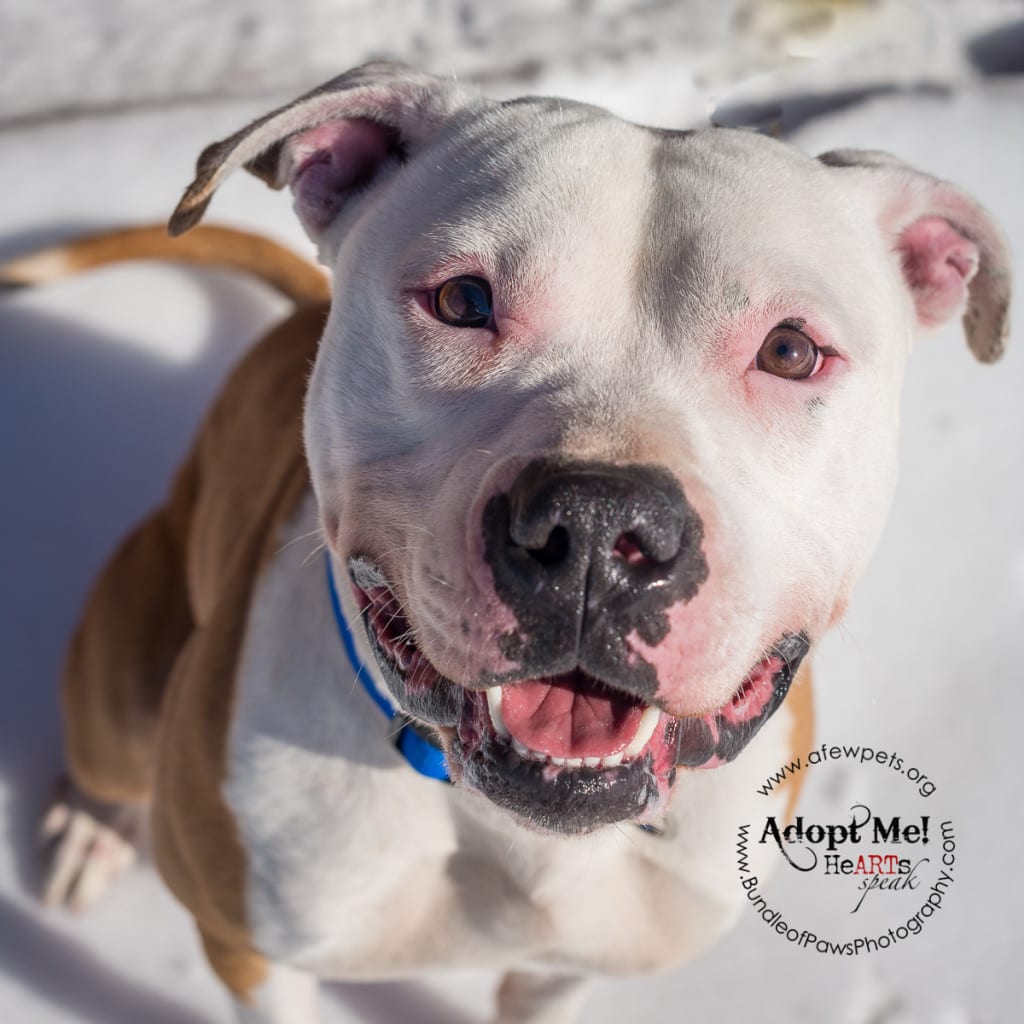Firmly entrenched in the middle of ice and snow season here in New Jersey, are you wondering why your images of Fido outside frolicking in the snow look a little blue, or maybe darker than you remember the day? What’s going on? The sun was out, shining brightly off the snow! My dog’s not grey, she’s white! Well, if this has happened to you, today’s tip might be just the thing.
First a quick explanation of what your camera was trying to do. Even professional camera bodies when metering a scene will select what they think is a neutral colored (read: grey) element in the image to set white balance. White balance will effect the tone of your image – is it warm, or cold (bluish) in tone. There are artistic reasons you may have for selecting each, but if all you really want is a well exposed and color accurate picture of your buddy romping in the snow, then check on your camera for a setting called Exposure Compensation.
Exposure Compensation (EC) allows you to manually dial in exposure and essentially help out your camera to accurately capture the scene. Dialing in positive (+) compensation will brighten the image, and negative (-) compensation will darken in. Typically white balance is measured in ‘stops’ of light and will be measured in 1/3 increments. While we wont’ get totally into what stops of light mean and what that means for your camera in this article, suffice it to say it is easy enough once you have found the EC control on your camera to experiment. For our purposes today, I’d suggest starting off with +1 stop of exposure compensation and see what happens. If it’s too bright, and your highlight areas of the image are “blown out” – meaning they are so bright that your camera has captured no detail at all there, just really really bright white, then dial down the EC to +0.7 or +0.3 and so on.

Otto, one of our fave adoptable dogs from our friends at AFEW, (hint, contact them if you’d like to learn more about him!!) braved the bitter cold and sat his rump in the snow for us. He was a double challenge, beautiful white furry head and bright white snow – for this image we used our Nikon D800, 50mm 1.4g lens; f5.6 at 1/1000 of a second exposure time with +0.7 exposure compensation. Notice the fur right above his eyes on the sunlight, you can see practically every little hair. This is a well exposed image that gives nice highlights, without them being blown out. Notice, no blue in the snow or on his coat!
Check it out on your camera and give it a try! The best part is when you’re done, even if you don’t end up with images you love, you’ve got a furry buddy to cuddle with and warm up next to when you’re back inside!
Until next time, you can follow us on Facebook and Google+


